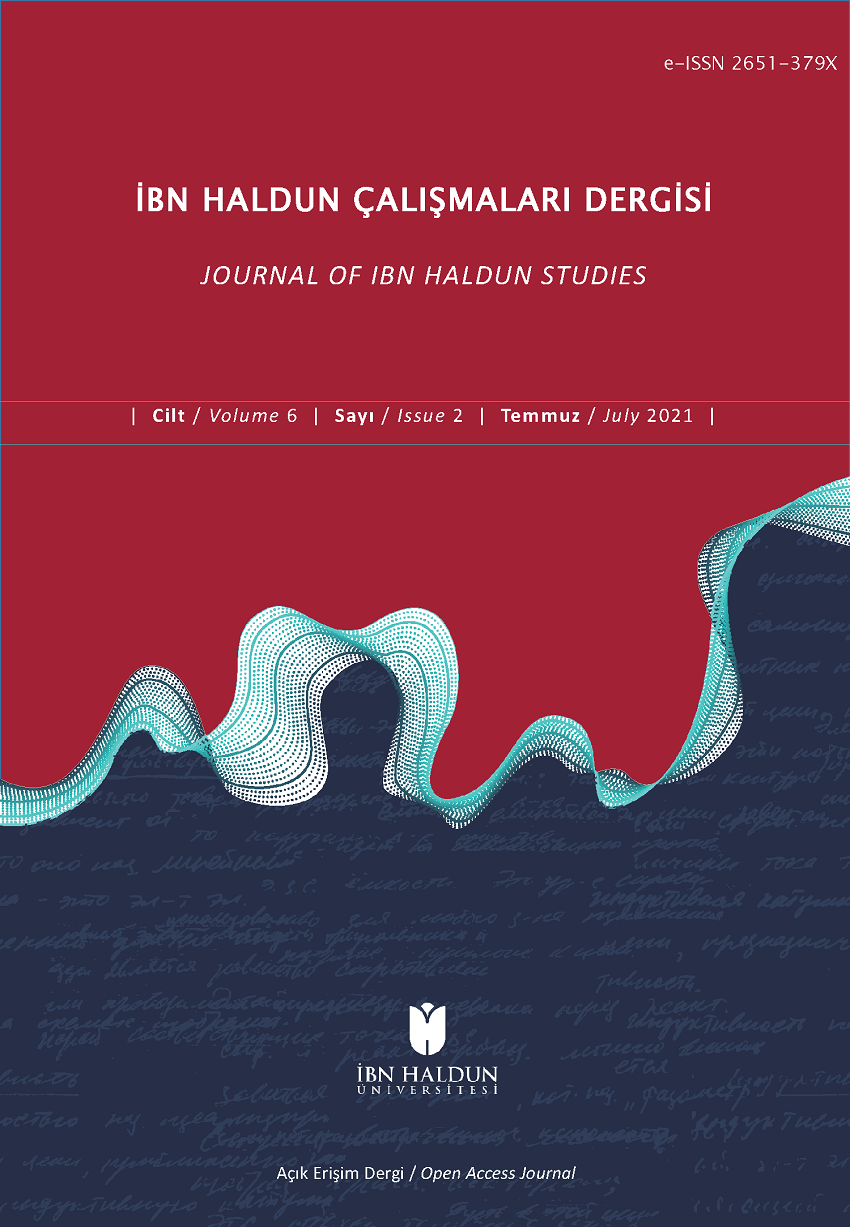Ibn Khaldun on Urban Planning: A Contemporary Reading of the Muqaddima
DOI:
https://doi.org/10.36657/ihcd.2016.14Keywords:
Ibn Khaldun, City Planning, Urbanization, Urban DevelopmentAbstract
Ibn Khaldun is better known as a philosopher of history and a sociologist rather that an urban or city planner (in a modern sense of the term). However, as part of his civilization discourse, Ibn Khadun has advanced some worth noting thoughts on the principles related to planning of urban environment in his Muqaddima. Although it was written over six centuries ago, our reading shows that his ideas on urban planning carry very much of modern flavor and therefore still relevant to the contemporary urban issues. He believes in the cyclical process where cities and urban development undergo a very much similar procedure. From his own observation, he portrayed the cultures, life styles, forms, structures and problems of cities in his time. He touched upon almost every facet, including human well being, physical development as well as environment and sustainability of the cities. In the context of urban planning, what can we learn from Ibn Khaldun? How can we relate his knowledge and principles to address current issues confronting our cities today? This paper also studies the principles of urban planning as put forward by Ibn Khaldun and tries to evaluate its interpretation in the context of contemporary city planning.Downloads
Published
2016-07-15
How to Cite
Ahmad, Z., Ahmad, N., & Abdullah, H. (2016). Ibn Khaldun on Urban Planning: A Contemporary Reading of the Muqaddima. Journal of Ibn Haldun Studies, 1(2), 299–314. https://doi.org/10.36657/ihcd.2016.14
Issue
Section
Articles
License
In case an article is accepted for publication it is allowed to combine the article with other researches, to conduct a new research on the article or to make different arrangements on condition that the same license is used including the commercial purpose.
As an author of an article published in Journal of Ibn Haldun Studies you retain the copyright of your article and you are free to reproduce and disseminate your work.






